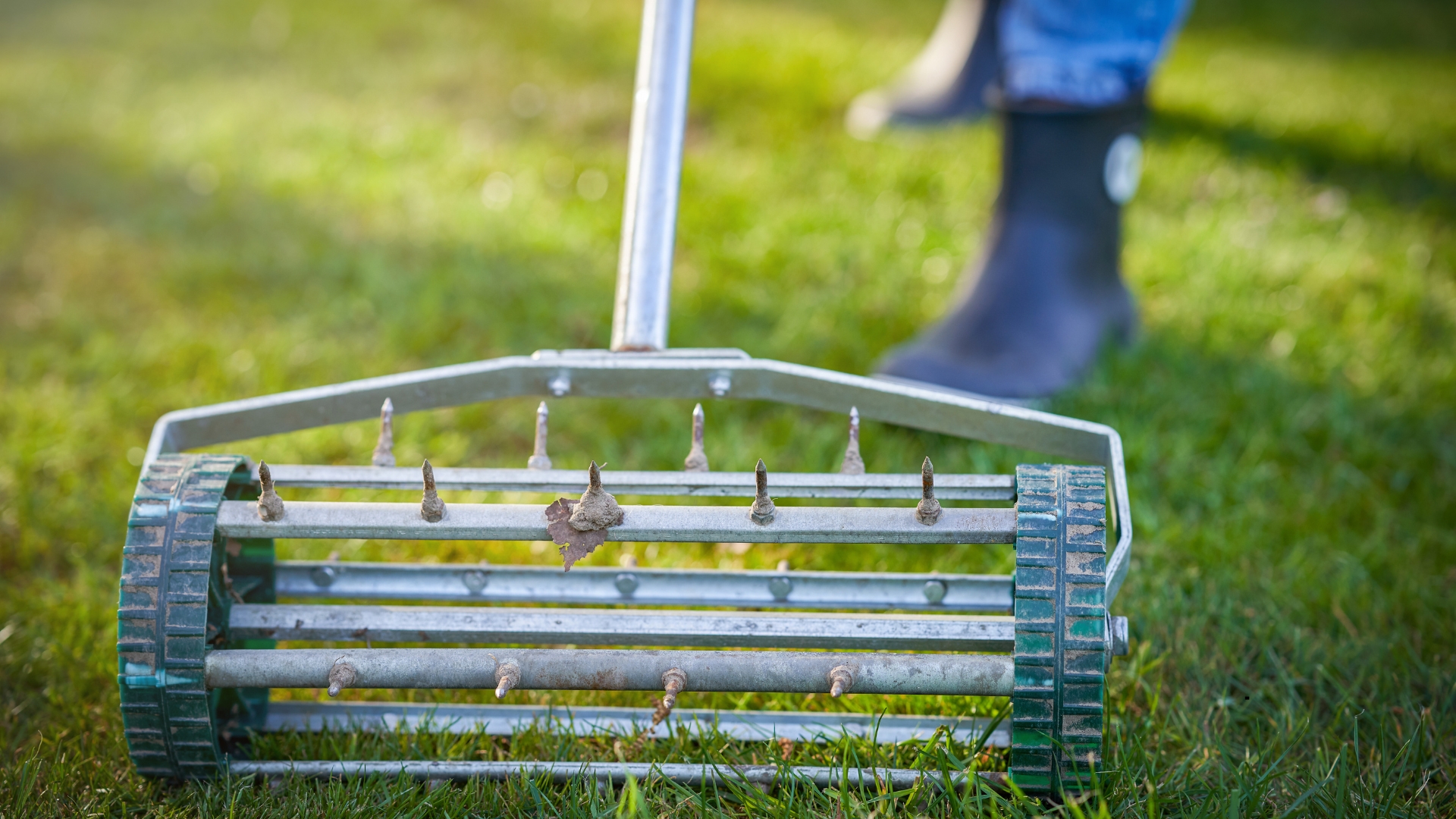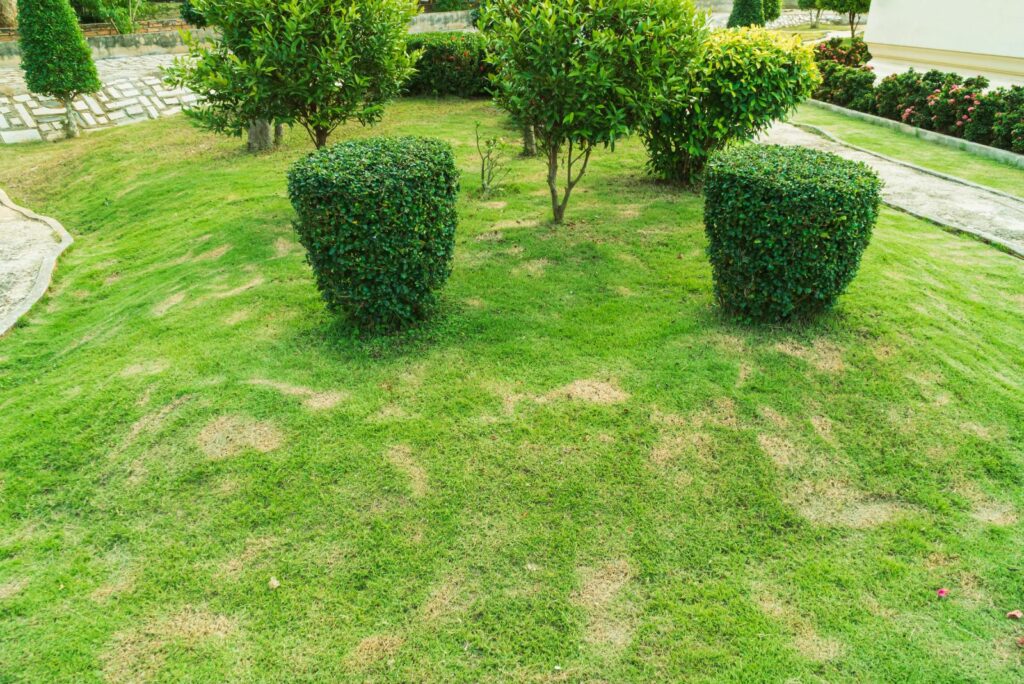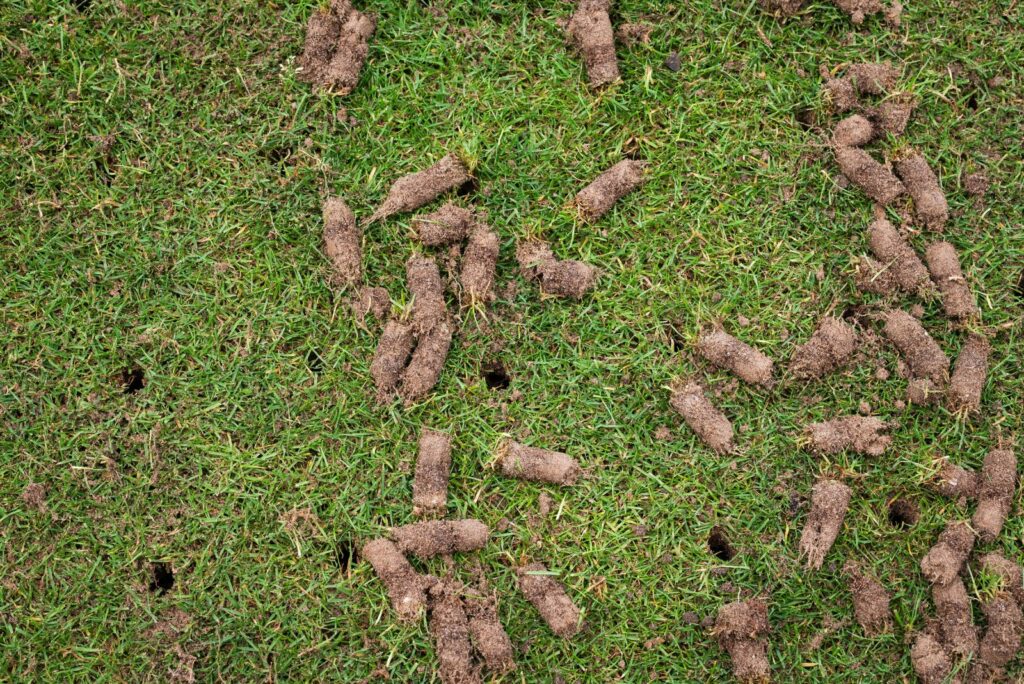Well, we all know that a lawn doesn’t take care of itself. You’ve got to roll up your sleeves and put in the hard yards. From watering to fertilizing, every little chore adds up when you’re aiming for a lush, green patch of paradise.
And apart from the basic tasks, there’s another one that must find a spot on your to-do list: lawn aeration. Your lawn will be healthier and you can expect it to be the envy of the neighborhood the next season with this technique.
But the burning question is, when exactly should you do it to make the best of it? Don’t worry, I’ll cover everything, but before we move on:
Why Aerate In The First Place?
You know when you fertilize your lawn and then it rewards you with a lush carpet of healthy grass? Believe it or not, aeration can have an even better effect!
How come? Well, one of the biggest issues with lawns is soil compaction. The root system of your grass can’t develop properly if it’s too compact, so you either end up with bare patches or discolored or poor-looking grass. Unfortunately, I learned this the hard way…
You see, grass roots need nutrients and water just like all other plants, and overly compact soil prevents the seeds from getting them. Here’s where aeration comes in!
The main goal of this method is to make the soil less compact by removing the small cores of soil. Remember, the other name for this method is core aeration!
When aerating, you’re basically making small holes in the soil so water and nutrients can flow freely, enriching the soil and improving its structure.
Once you sow your grass seeds, they’ll have everything they need and you’ll end up with a green and thick lawn!
How To Know If Your Lawn Really Needs It
A common question I get related to aeration is how to tell if the lawn really needs it. After starting my lawn, I was faced with more bare patches than I wanted, even though I did all the lawn care.
Luckily, an old gardener told me about soil compaction and how that was most probably the reason. And then I learned about one old but gold screwdriver hack to check if the soil is compact.
Yes, you heard that right. All you need is a screwdriver! A rule of thumb is to wait about 2-3 days after rain and then use the trick. Simply put the screwdriver into the soil and if it doesn’t go down easily, your lawn is struggling with compaction.
When Exactly To Do It?
The first rule of lawn aeration is: know your grass! The type of grass you grow determines the ideal aeration time.
For instance, if you have Kentucky bluegrass or any other cool-season grass variety, you should aerate the soil in the fall, approximately 4 weeks before the first frost.
On the other hand, if you grow centipede, zoysia, Bermuda grass, or other warm-season types, you should aerate the lawn during their growing season, which is typically in late spring and early summer.
Luckily, grass recovers quickly after aeration and comes back stronger than ever!
How Often Should You Aerate Your Prized Lawn For The Best Results?
And the last question we need to answer is about aeration frequency. I aerate my lawn every year in late spring (I grow Bermuda grass) because my soil is compacted and there’s a lot of human foot traffic and pet traffic.
If this description applies to you too, I highly recommend annual aeration. If there isn’t a lot of traffic but the soil doesn’t drain very well, also aerate once a year.
On the other hand, if the soil doesn’t seem to struggle with compaction and traffic of any kind, aerating it every three years works best.
If unsure, remember to use the screwdriver hack! And after you aerate your lawn, give it some time to rest before watering, feeding, and mowing it!
Lawn care is all about timing, and aeration is no exception! Nail the timing with our foolproof tips, and your lawn will be the talk of the town by next season!




